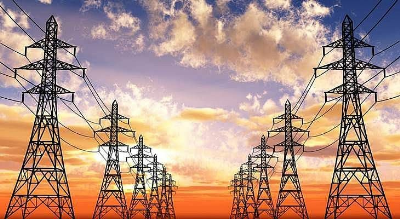
© ČT24
У п'ятницю, 4 липня 2025 року, об 12:00 більшість центральної та північно-східної Чехії, включно з Прагою, опинилася без електропостачання. За даними міністерства промисловості й торгівлі, причиною стало падіння високовольтного кабелю біля Ледвіце – без жодних слідів кіберзагроз або дефіциту "зеленої" енергії. Знеструмлено країну практично до 16:00: зупинилися метро (лінії A й C вийшли в роботу вже за 15 хвилин, B – за 30), трамваї, тролейбуси, потяги, а також понад 1 000 телефонних базових станцій перейшли на резервне живлення. Залишки ремонту наставали ускладненнями: 2 000 домогосподарств залишалися без електрики до 20:00, а більше півмільйона клієнтів постраждало загалом. Рятувальники здійснили понад 215 операцій із розблокування людей, які застрягли у ліфтах. Лікарні працювали на резервних генераторах, в’язниці зберігли безпеку, підприємства, зокрема хімічний завод Orlen Unipetrol у Літвінові, були змушені призупинити роботу. Експерти зазначають, що падіння ліінії, яка обслуговує ключовий вугільний енергоблок Ledvice‑6, спричинило ланцюгову реакцію навантаження в мережі, що самоусунулася у критичну ситуаці . Після цього лінію планують модернізувати до 2028 року. Економісти та енергетики вбачають цей випадок як попередження: старіюча європейська енергетична інфраструктура потребує серйозних інвестицій у стійкість, накопичення енергії та баланс попиту й пропозиції, особливо в літні періоди з надлишком "зеленої" генерації .
Large-Scale Power Outage in Czech Republic: Transport in Prague Halted as Regions Restore Electricity
On Friday, July 4, 2025, at 12:00 PM, a major power outage struck most of central and northeastern Czechia, including Prague. According to the Ministry of Industry and Trade, the cause was the collapse of a high-voltage transmission line near Ledvice — with no signs of cyberattacks or green energy shortages involved. The blackout lasted until nearly 4:00 PM. Metro services were disrupted (lines A and C resumed within 15 minutes, line B in about 30 minutes), while trams, trolleybuses, trains, and over 1,000 mobile base stations switched to emergency power. The aftermath of the outage presented further challenges: around 2,000 households remained without electricity until 8:00 PM, and more than half a million customers were affected in total. Emergency services responded to over 215 calls to rescue people trapped in elevators. Hospitals operated on backup generators, prisons maintained security protocols, and several businesses — including the Orlen Unipetrol chemical plant in Litvínov — had to suspend operations. Experts say the collapse of the line serving the key coal-fired power unit Ledvice 6 triggered a cascade failure across the grid, which automatically shut down to prevent a more serious system crash. The affected transmission infrastructure is now scheduled for modernization by 2028. Economists and energy analysts view the incident as a warning signal: Europe’s aging energy infrastructure is in urgent need of investment to improve grid resilience, energy storage capacity, and the balance of supply and demand — especially during summer months with surplus green energy generation.

©
966